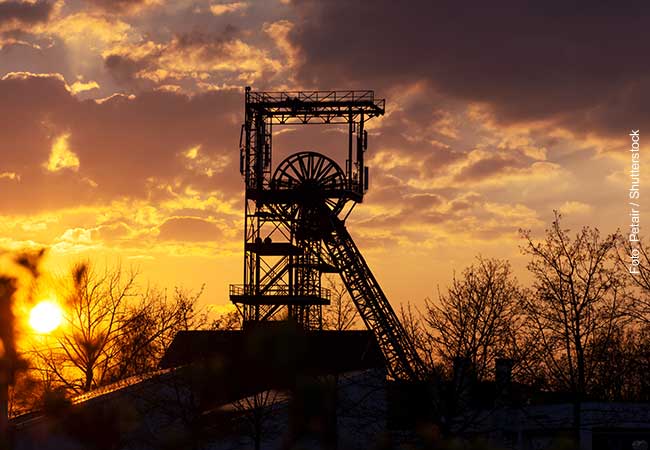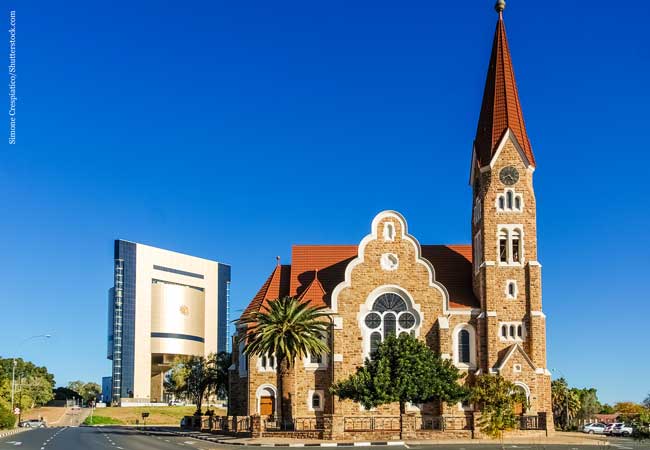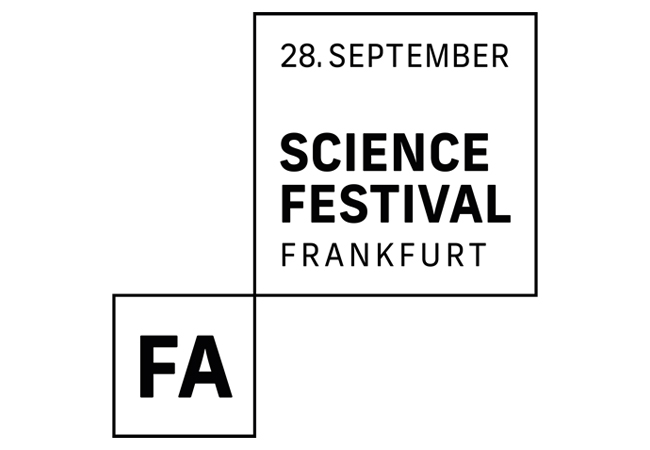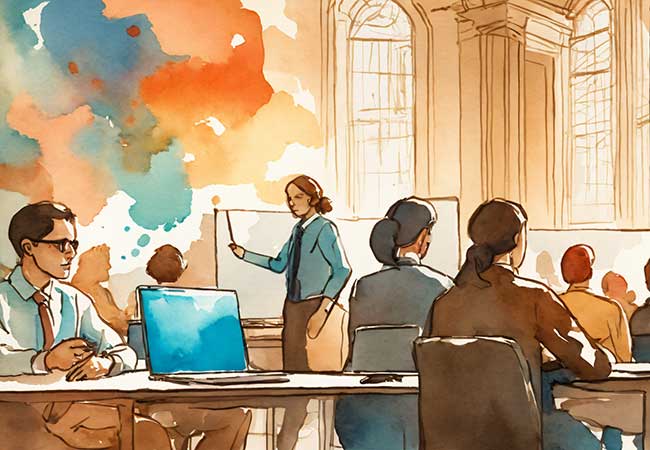
An interdisciplinary team from Frankfurt and Jena has developed a kind of bait with which to fish protein complexes out of mixtures. Thanks to this “bait”, the desired protein is available much faster for further examination in the electron microscope. The research team has christened this innovative layer of ultrathin molecular carbon the “smart nanosheet”. With the help of this new development, diseases and their treatment with drugs can be better understood, for example.
“With our process, new types of proteins can be isolated from mixtures and characterized within a week,” explains Daniel Rhinow from the Max Planck Institute of Biophysics in Frankfurt. “To date, just the isolation of the proteins was often part of a doctorate lasting several years.” Together with Andreas Terfort (Goethe University) and Andrey Turchanin (Friedrich Schiller University Jena), the idea evolved a few years ago of fishing the desired proteins directly out of mixtures by equipping a nanosheet with recognition sites onto which the target protein bonds. The researchers have now succeeded in making proteins directly available for examination using electron cryo-microscopy through a “smart nanosheet”.
Electron cryo-microscopy is based on the shock-freezing of a sample at temperatures under -150 °C. In this process, the protein maintains its structure, no interfering fixing and coloring agents are needed, and the electrons can easily irradiate the frozen object. The result is high-resolution, three-dimensional images of the tiniest structures – for example of viruses and DNA, almost down to the scale of a hydrogen atom.
In preparation, the proteins are shock-frozen in an extremely thin layer of water on a minute metal grid. Previously, samples had to be cleaned in a complex procedure – often involving an extensive loss of material – prior to their examination in an electron microscope. The electron microscopy procedure is only successful if just one type of protein is bound in the water layer.
The research group led by Turchanin is now using nanosheets that are merely one nanometer thick and composed of a cross-linked molecular self-assembled monolayer. Terfort’s group coats this nanosheet with a gelling agent as the basis for the thin film of water needed for freezing. The researchers then attach recognition sites (a special nitrilotriacetic acid group with nickel ions) to it. The team led by Rhinow uses the “smart nanosheets” treated in this way to fish proteins out of a mixture. These were marked beforehand with a histidine chain with which they bond to the recognition sites; all other interfering particles can be rinsed off. The nanosheet with the bound protein can then be examined directly with the electron microscope.
“Our smart nanosheets are particularly efficient because the hydrogel layer stabilizes the thin film of water required and at the same time suppresses the non-specific binding of interfering particles,” explains Julian Scherr of Goethe University. “In this way, molecular structural biology can now examine protein structures and functions much faster.” The knowledge gained from this can be used, for example, to better understand diseases and their treatment with drugs.
The team has patented the new nanosheets and additionally already found a manufacturer who will bring this useful tool onto the market.
Publikation: Smart Molecular Nanosheets for Advanced Preparation of Biological Samples in Electron Cryo-Microscopy, ACS Nano 2020, https://doi.org/10.1021/acsnano.0c03052








